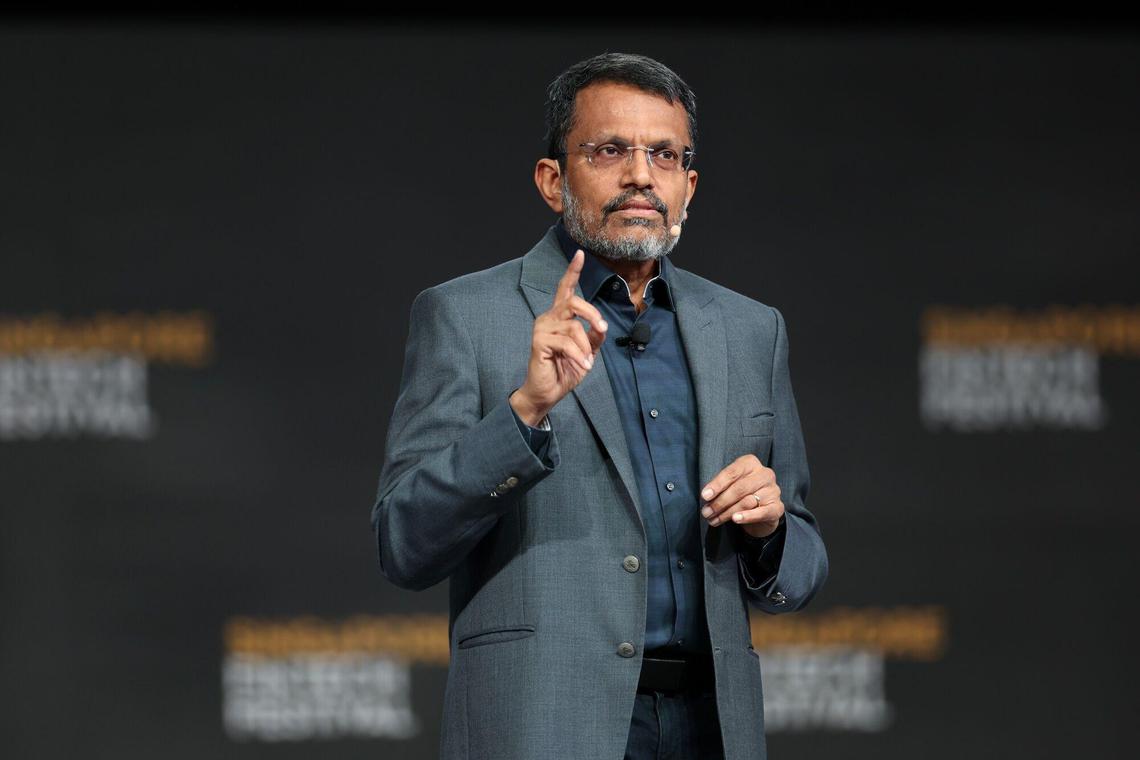Singapore’s Vision for Digital Currency Infrastructure
SINGAPORE – The Monetary Authority of Singapore (MAS) has identified four essential components for the effective implementation of digital currencies, aiming to redefine the future financial landscape. These components form the foundation of Project Orchid, initiated in 2021 to assess the necessary infrastructure for developing innovations like a digital Singapore dollar.
During the Singapore Fintech Festival, outgoing MAS chief Ravi Menon elaborated on these four foundational elements. The first is a settlement ledger, which is crucial for documenting transactions of digital currency. This system is designed with features that support instant settlement and native programmability of digital tokens.
The second component, known as the tokenisation bridge, is intended to integrate current account-based settlement frameworks with ledgers that can accommodate tokenized digital currencies. Tokenisation itself involves creating a digital version of an asset recorded on a blockchain.
The third element is the programmability protocol, which facilitates the use of purpose-bound money (PBM). This form of tokenized currency has specific restrictions on its usage, akin to a voucher that enables secure value exchanges without directly transferring money.
The fourth foundational aspect is a name service designed for verification purposes. It simplifies the translation between complex wallet addresses and more user-friendly identifiers.
Mr. Menon announced that MAS plans to introduce four additional trials under Project Orchid. Banks OCBC and UOB are examining the possibility of allowing tokens issued by one bank to be utilized for retail transactions at another bank. UOB’s head of blockchain and digital assets, Mr. Leong Yung Chee, highlighted that this trial will demonstrate the interchangeability of tokens across banks, with interbank settlements occurring via wholesale central bank digital currency (CBDC) on the backend.
“With a fungible, secure, and convenient digital Singapore dollar, consumers will benefit the most, gaining more options for digital and cashless transactions,” said Mr. Menon.
As part of this initiative, digital payment and financial services group Ant International, along with digital financial services firm Fazz and ride-hailing company Grab, will initiate a pilot program utilizing the PBM concept. This pilot will enable Alipay users to make payments to GrabPay merchants. Meanwhile, e-commerce leader Amazon and lender HSBC are also investigating the application of PBM for the tokenization of payments from Amazon to its merchants, enhancing access to financing for these merchants.
Additionally, American bank JP Morgan is exploring payment controls that would allow institutional clients to hold deposit tokens and transfer them to clients outside the issuing bank’s immediate customer network, yet still within an established ecosystem.
To support these digital currency trials for both retail and corporate users, MAS plans to begin developing CBDCs for wholesale interbank settlement in 2024. Mr. Menon mentioned that MAS will conduct its first live issuance of wholesale CBDCs, having previously simulated the issuance in controlled environments. The initial pilot will involve using live wholesale CBDC for settling retail payments between commercial banks, with future pilots potentially focusing on the settlement of cross-border securities trading using live wholesale CBDCs.
In his address, Mr. Menon emphasized Singapore’s objective of establishing a network of interoperable systems that enable instantaneous and seamless payment, clearing, and settlement processes. He underscored the necessity of digital assets, digital currencies, and digital infrastructure, positioning Project Orchid as a crucial initiative in promoting wholesale CBDCs, tokenized bank liabilities, and regulated stablecoins.

